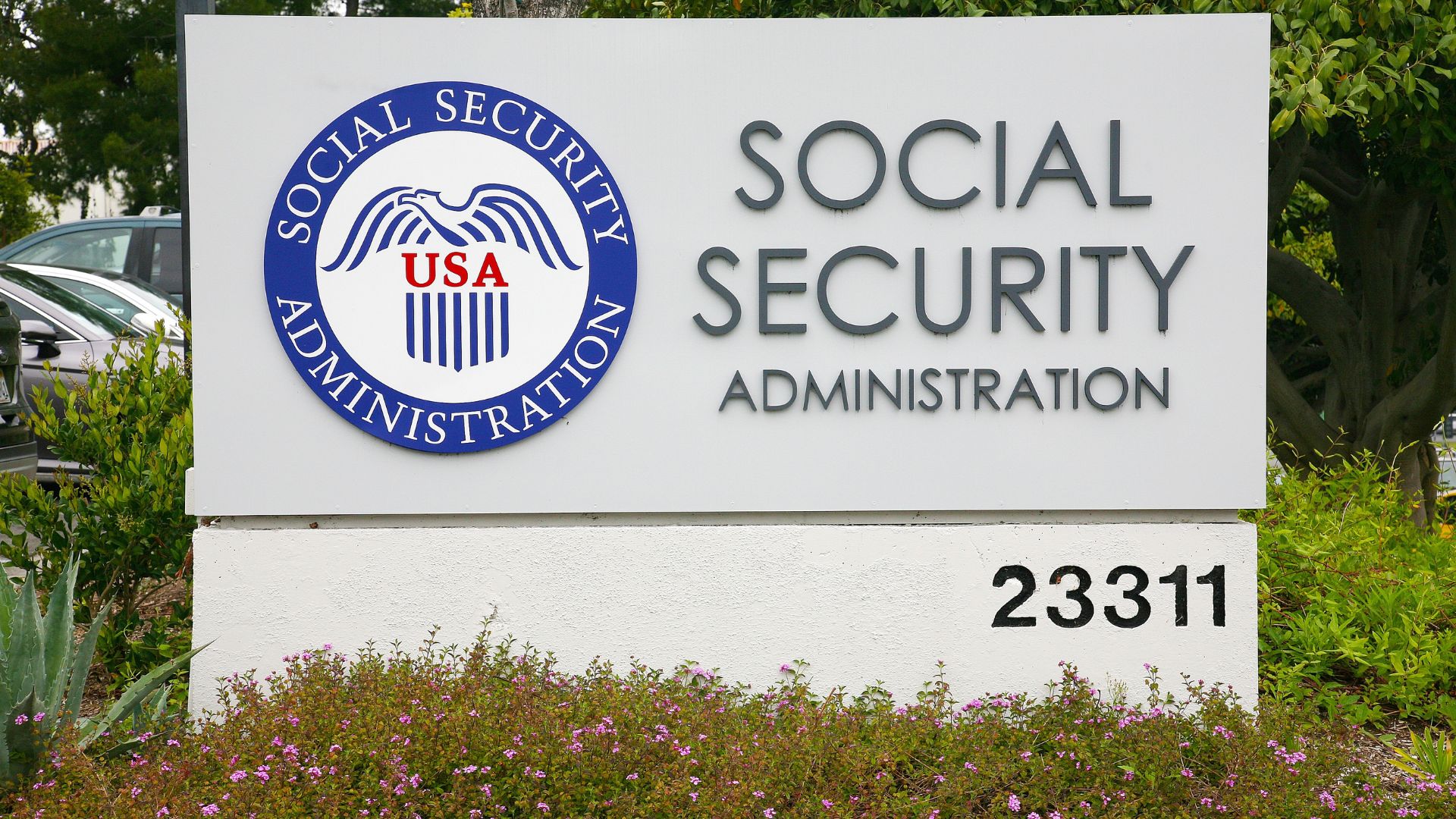2026 Social Security COLA Increase Amid Tariff Inflation Fears


In 2025, the Cost-of-Living Adjustment (COLA) for Social Security benefits saw a 2.5% increase. Next year, amid fears of tariff-driven inflation and a struggling economy, the Social Security COLA will increase again. Here’s what we know so far.
How COLA is Calculated

The COLA is based on changes in the Consumer Price Index for Urban Wage Earners and Clerical Workers (CPI-W). It compares the average from July through September to the same period the previous year. The Social Security Administration finalizes and announces the number in October.
Expected Monthly Boost

The COLA for Social Security benefits is projected to increase to 2.7% for 2026. If the 2.7% COLA holds, the average retired worker who currently receives about $2,006 per month in July 2025, would see a boost of around $54.18 monthly. This winds up being roughly $650 annually. This increase will provide some relief against rising costs for millions of retirees.
Medicare Costs Impact Gains

However, Medicare Part B premiums are projected to jump by about $21.50 per month in 2026, which would absorb nearly 40% of that monthly COLA increase. This will take away a lot of the income from that 2.7%, making the increase far less significant than it claims.
Cost-Pressure Beyond Housing & Healthcare

Many retirees say the 2.7% adjustment may not truly reflect the inflation they face, especially for essentials like food, energy, and medical care. Survey data shows that over one-third of Americans are having to cut back on these necessities despite the upcoming boost.
More Social Security Changes in 2026

In addition to COLA, several other updates will take effect in 2026: the full retirement age rises to 67 for those born in 1960 or later and the taxable wage cap increases to $183,600. These changes affect both current and future beneficiaries.
Trust Fund Alarm

The Social Security Trust Fund is still on track for insolvency around 2033 unless Congress acts soon. Reform is urgent as benefit cuts as high as 23% are looming.
Proposals to Better Support Seniors

Advocates are urging Congress to make swift moves. Some propose a one-time $1,400 payment to offset declining purchasing power, while others push for redesigned metrics that better capture the unique burdens of costs for the elderly. These proposals aim to make benefits more aligned with real-life expenses.
Why COLA May Understate Real Inflation

Critics argue CPI-W underestimates inflation seniors face because it doesn’t weigh housing and healthcare heavily enough. Alternatives like the CPI-E (Elderly Index) could offer more accurate cost-of-living adjustments for older Americans.
Planning Tips for Retirees

While the increase is positive, it is not enough to cover rising costs and the unique costs that older adults have. Experts recommend retirees tighten discretionary spending, explore part-time income, use budgeting tools like the Elder Index, and reassess health plan options during Medicare open enrollment. These steps can help retirees better navigate financial pressures in 2026.